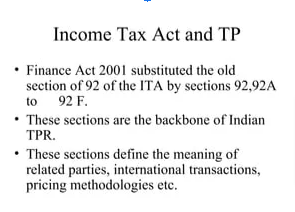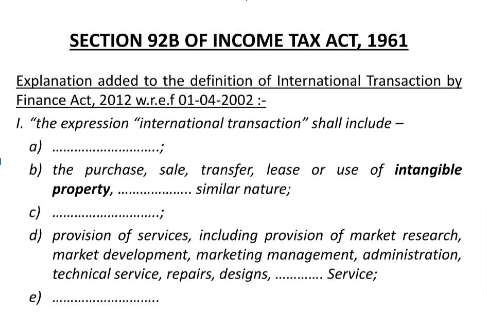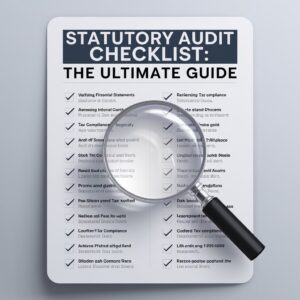
Transfer pricing regulations in India encompass both domestic and international transactions that surpass a specified threshold in terms of transaction value. The provisions for transfer pricing were incorporated by adding Sections 92A-F and relevant Rules 10A-E to the Income Tax Rules of 1962.
These regulations aim to ensure that transactions between “related” parties are conducted at a price that aligns with what would be expected between unrelated parties. The applicable sections of the Income Tax Act of 1961 concerning transfer pricing primarily pertain to international transactions.
Section 92 of the Income Tax Act, 1961
Section 92 of the Income Tax Act, 1961 deals with the computation of income from international transactions considering the arm’s length price. This section specifies that any transaction, whether international or specified domestic, between associated enterprises, which is mutually agreed upon and conducted for the purpose of allocating or apportioning any cost or expense incurred or to be incurred for a benefit, service, or facility undertaken or to be undertaken by one or more of the enterprises, must be contributed based on the arm’s length price of such benefit, service, or facility.
Section 92B of the Income Tax Act, 1961

Section 92B of the Income Tax Act, 1961 provides the definition of international transaction(s) applicable to this Section and Sections 92, 92C, 92D, and 92E.
According to this definition, an international transaction involves two or more associated enterprises, with one or both being non-residents. The transactions’ nature, such as purchase, sale, lease of tangible or intangible assets, service provision, borrowing, lending money, or any other transaction affecting the enterprises’ profit, income, loss, or assets, must be documented through mutual agreement or arrangement.
Section 92A of the Income Tax Act, 1961
Section 92A of the Income Tax Act, 1961 defines the term “Associated Enterprises” for the purposes of Sections 92, 92B, 92C, 92D, 92E, and 92F.
According to this definition, an enterprise is considered associated with another enterprise if:
- It directly or indirectly participates in the control, management, or capital of the other enterprise.
- The same persons participate, either directly or indirectly, or through one or more intermediaries, in the control, management, or capital of both enterprises.
For the purpose of subsection (1), two enterprises will be considered associated enterprises if, at any time during the previous year:
- One enterprise directly or indirectly holds shareholding carrying not less than 26% of the voting power in another enterprise.
- Any individual or enterprise directly or indirectly holds not less than 26% of the voting power in each of such enterprises.
- Any loan advanced from one enterprise to the other constitutes not less than 51% of the book value of the total assets of the other enterprise.
- The guarantees of one enterprise account for not less than 10% of the overall borrowings of the other enterprise.
- More than half of the board of directors, governing board, or executive members are appointed by the other enterprise.
- One enterprise possesses know-how, patents, trademarks, or other business rights, and the other enterprise holds rights to such patents.
- 90% or more of raw materials or consumables are supplied by the other enterprise or specified persons, with prices and conditions influenced by such enterprises.
- Goods required by one enterprise are supplied by another enterprise, with prices and conditions influenced by such enterprises.
- Both enterprises are controlled by the same individual or his relative.
- One enterprise is controlled by an undivided Hindu family, and the other enterprise is controlled by a member of such family or their relative.
- One enterprise holds not less than 10% interest in a firm, association of persons, or body of individuals.
- There exists a prescribed relationship of mutual interest between the two enterprises.
Section 92E – Transfer Pricing Audit
Individuals engaging in either international transactions or specified domestic transactions are required to submit a report prepared by an accountant. This report, in a prescribed format, must be signed and verified by the accountant and obtained by the concerned individual before the specified date of the previous year in which the transaction occurred. The audit obligation applies to both international and specified domestic transactions, and Form 3CEB must be filed accordingly.

Disclaimer: The materials provided herein are for informational purposes only and do not constitute legal, financial, or professional advice. Consult relevant laws and experts before acting on this information. Neither the author nor K M GATECHA & CO LLP is liable for any inaccuracies or omissions. This material is purely educational and not an advertisement or solicitation.
Table of Contents
Toggle



